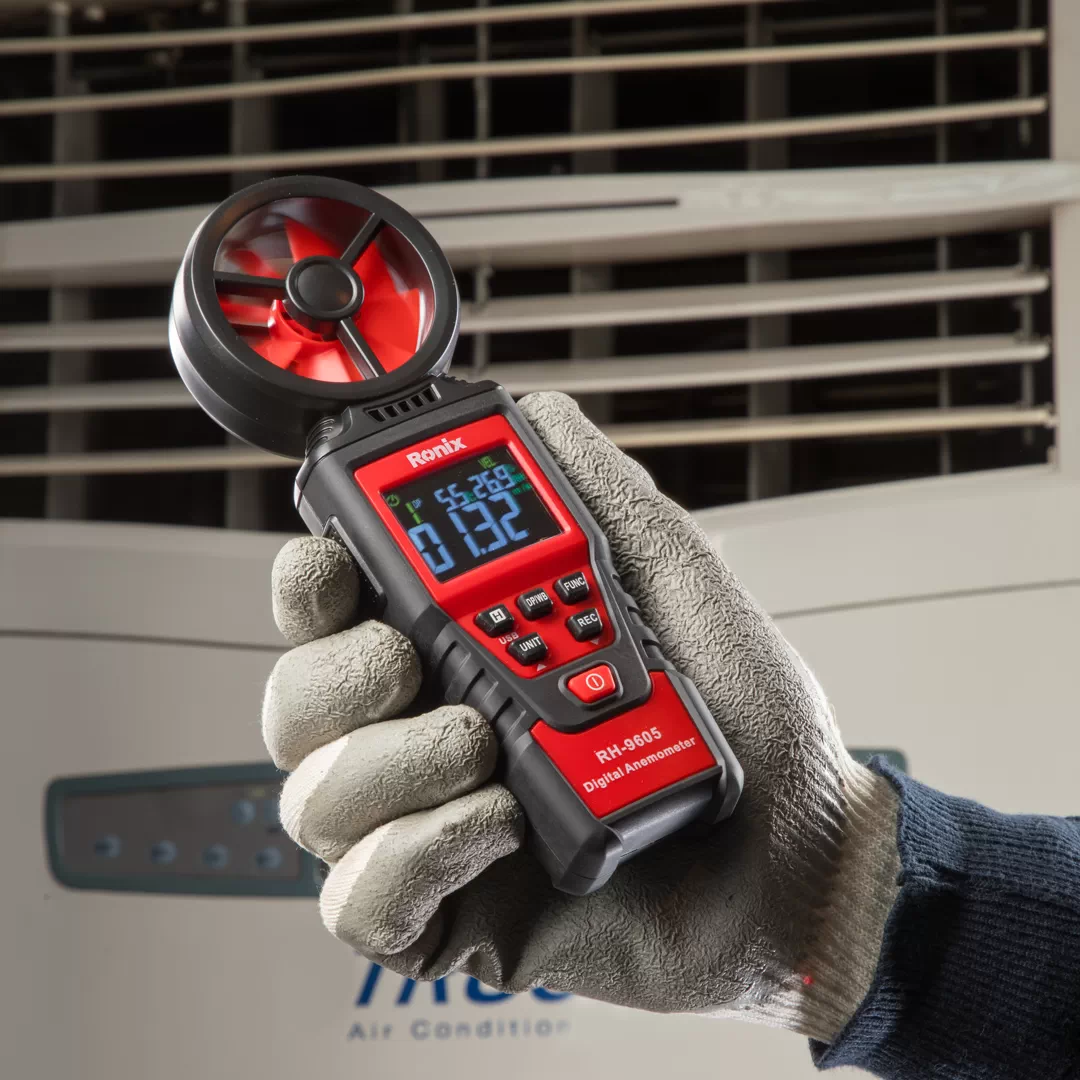Anemometer Innovations: The Latest Technology for Wind Speed Measurement
Anemometer Innovations: The Latest Technology for Wind Speed Measurement
Blog Article
All You Need to Know Regarding Anemometers: Exactly How They Work, Why They Issue, and Where to Use Them
Anemometers, though usually ignored in the realm of clinical instruments, play an important role in different areas, using valuable understandings into wind speed and airflow patterns. Comprehending the mechanics behind these gadgets is necessary for anybody looking for to harness the power of this information. From meteorologists tracking weather patterns to designers designing structures with wind loads in mind, the applications of anemometers are far-reaching and varied. As we delve into the intricacies of anemometer modern technology, we will certainly reveal the inner operations of these tools, their importance, and the vital factors to consider when picking the appropriate anemometer for particular applications.

Anemometer Basics
A crucial tool used to gauge wind rate and direction, the anemometer plays a critical function in meteorology and various markets. An anemometer generally is composed of 3 or four mugs that rotate in the wind, a vane that directs into the wind, and sensing units to track the rotations or motions.
There are different kinds of anemometers offered, consisting of mug anemometers, vane anemometers, hot-wire anemometers, and sonic anemometers, each with its distinct functions and applications. Mug anemometers are commonly made use of for basic wind speed dimensions, while vane anemometers are preferred for directional measurements.
Principles of Anemometer Procedure
Building on the foundational understanding of anemometer fundamentals, the principles of anemometer operation elucidate the auto mechanics behind wind speed and direction dimensions. Anemometers operate the principle of airflow impacting a sensing unit, causing it to rotate. Cup anemometers, for instance, have 3 or more mugs that record the wind, causing them to spin quicker as the wind rate boosts. The rotation rate is after that exchanged a wind speed dimension. Vane anemometers, on the various other hand, make use of a tail or a probe that straightens itself with the wind instructions, giving a measurement of wind direction based on the orientation of the sensing unit. Hot-wire anemometers depend on a heated wire that cools off as wind passes over it, with the price of cooling down identifying the wind speed. Ultrasonic anemometers procedure wind rate and instructions by assessing the moment it takes for ultrasonic signals to travel between transducers. Understanding these concepts is crucial for dependable and accurate wind measurements in various applications.
Relevance of Anemometers
The value of anemometers in weather forecasting and different sectors can not be overemphasized. Anemometers play an important duty in determining wind speed and instructions, offering important information for climate forecasting, environment studies, environmental surveillance, and air travel procedures. Meteorologists depend on anemometers to gather exact wind data, aiding them understand weather patterns, forecast storms, and concern timely cautions to the general public. In markets such as building, agriculture, renewable resource, and maritime operations, anemometers are utilized to maximize procedures, guarantee safety and security, and enhance effectiveness. Wind ranch drivers use anemometers to examine wind problems and take full advantage of power manufacturing from wind generators. In the maritime sector, anemometers aid ship navigating by offering real-time wind info to captains, aiding them make educated decisions to ensure safe voyages. Generally, anemometers are vital continue reading this tools that contribute dramatically to safety, effectiveness, and educated decision-making in meteorology and a large range of markets.
Applications Throughout Different Industries
Applications of anemometers cover throughout diverse sectors, showcasing their convenience and utility beyond weather forecasting. In the eco-friendly energy market, anemometers play an important role in assessing wind problems for wind farm placements, ensuring optimum energy manufacturing. Industries like construction and mining utilize anemometers to keep an eye on wind speeds, critical for safety protocols, specifically when working at elevations or in open-pit mines where strong winds can present risks. Anemometers are additionally essential in the aeronautics industry, assisting pilots in comprehending airspeed and wind instructions for safe take-offs and touchdowns. The maritime sector advantages from anemometers for ship navigating, assisting seafarers expect weather modifications and readjust courses appropriately. In farming, anemometers assist farmers in handling plant spraying by supplying real-time information on wind speed to avoid drift. Anemometers locate applications in Cooling and heating systems to enhance air movement and boost power efficiency in buildings. The diverse usage cases of anemometers highlight their relevance across various sectors, highlighting their crucial role in enhancing operational safety and security and effectiveness (anemometer).

Picking the Right Anemometer for Your Requirements
For general functions, a cup anemometer is suitable for measuring wind rate, while a vane anemometer offers wind direction information. Hot-wire anemometers are ideal for reduced airspeed dimensions, and ultrasonic anemometers supply high precision and longevity.

Verdict
In verdict, anemometers play a critical function in determining wind rate and direction across numerous markets. Understanding the concepts of anemometer procedure is crucial for selecting the right device for specific demands. From weather forecasting to air travel, anemometers are crucial tools for making sure and collecting exact information safety and security in various applications. When selecting the most suitable tool for measuring wind problems., it is essential page to take into consideration the value of anemometers in order to make educated decisions.
There are numerous types of anemometers offered, consisting of cup anemometers, vane anemometers, hot-wire anemometers, and sonic anemometers, each with its distinct functions and applications. Mug anemometers are generally made use of for standard wind speed measurements, while vane anemometers are liked for directional dimensions. Hot-wire anemometers are appropriate for low airspeeds, and sonic anemometers are optimal for high-precision dimensions in research and industrial settings.Building on the foundational understanding of anemometer basics, the concepts of anemometer operation clarify the auto mechanics behind wind speed and direction dimensions. For general objectives, a mug anemometer is ideal for gauging wind rate, while a vane anemometer offers wind instructions information.
Report this page